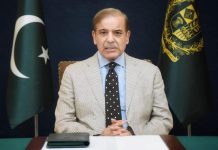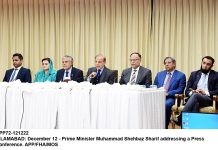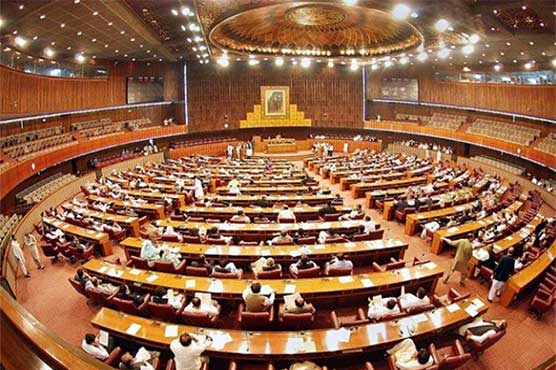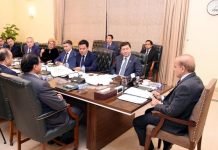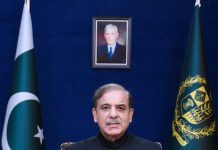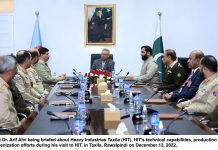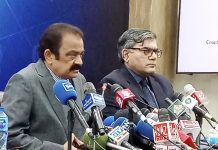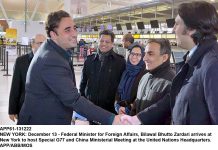Due to flawed education system of the country, 45 percent students, could not read a sentence in Urdu and their regional languages while 44 percent could not read sentences in English while Khyber Pakhtunkhwa (KP) has a big number in this regard as out of total 52,948 children by the age of 16 years, the 86 percent children are having language and arithmetic competencies in Khyber Pakhtunkhwa.
This was revealed in a report compiled to assess the overall education system in the country. It assessed a total of 52,948 children including 59 percent male 41 percent female by the age of 16 years in 18,592 households, 937 villages and 901 government schools and 463 private schools.
Compiled by Idara-e-Taleem-o-Aagahi (ITA) in joint cooperation with some other organizations in Islamabad, the report stated that the proportion of out-of-school children has increased as compared to previous years.
“The 27 percent of children were reported to be out-of-school which has increased when compared to 9 in a short span of time while 14 percent of children have never been enrolled in a school and 13 percent have dropped out of school for various reasons,” it said.
73 percent of all school-aged children within the age bracket of 6-16 years were enrolled in schools. Amongst these, 80 percent of children were enrolled in government schools whereas 20 percent of children were going to non-state institutions in previous years. Out of them, enrolled students in government schools 64 percent were boys and 36 percent were girls whereas in private schools 63 percent enrolled children were boys and 37 percent were girls.
When it touched on early childhood education, the report found that 30 percent of all school-aged children within the age bracket of 3-5 years were enrolled in schools in KP as compared to 35 percent in previous years. The 70 percent children of age 3-5 are currently not enrolled in any early childhood program/schooling
The learning levels of children in class 5 and class 3 have declined in all three competencies as 50 percent of class 5 children could read a class 2 level story in Urdu/Pashto compared to 55 percent in 2019. 15 percent of class 3 children could read stories in Urdu/Pashto as compared to 19 percent in 2019.
“English learning levels have declined as 54 percent class 5 children could read sentences compared to 60 percent in 2019 while only 15 percent class 3 children could read class 2 level sentences as compared to 21 percent in 2019,” reads the report. Likewise, it added, arithmetic learning levels have also declined with 50 class 5 children being able to do two digit division as compared to 53 percent in 2019 and 11 percent children enrolled in class 3 could do two digit division as compared to 16 percent in 2019. Children enrolled in private schools are performing better compared to their government counterparts and boys outperform girls in literacy and numeracy skills. Foundational learning trailing from grade 3 remains compromised in grade 5 and even in grade 8.
The report further assessed that the 26 percent of government and 13 percent of private schools impart multi-grade teaching at grade 2 level; whilst in grade 8, 3 percent of surveyed government schools and 14 percent of surveyed private schools had class 8 sitting with other classes.
Moreover it recalled that overall teacher attendance in both government and private schools was 92 percent on the day of the survey. Whilst private school teachers were reported to have better qualifications at graduate levels 33 percent as compared to 16 percent in government schools. Moreover, 22 percent have completed M.Ed in government schools compared to 38 percent in private schools.
The 91 percent government primary schools had boundary-walls as compared to 13 percent private primary schools; for functional toilets, the facility was available in 92% public and 20 percent private primary schools; safe and conducive environments do affect learning positively across public and private schools. 6 percent of surveyed government primary schools had computer labs and 4 percent had internet facilities while 100 percent of surveyed private primary schools had computer labs and 92 percent had internet facilities.
The 0 percent of the surveyed government primary schools were reported to be having children with disabilities while 45 percent of the surveyed private primary schools reported the same.
80 percent of households have mobile phones and 68 percent have smartphones. Amongst mobile users, 89 percent use WhatsApp services, whilst 66% use SMS facility. 20 percent have an internet connection and 16 percent have computers/laptops. 55 percent of households have TV and 20 percent have radio.

